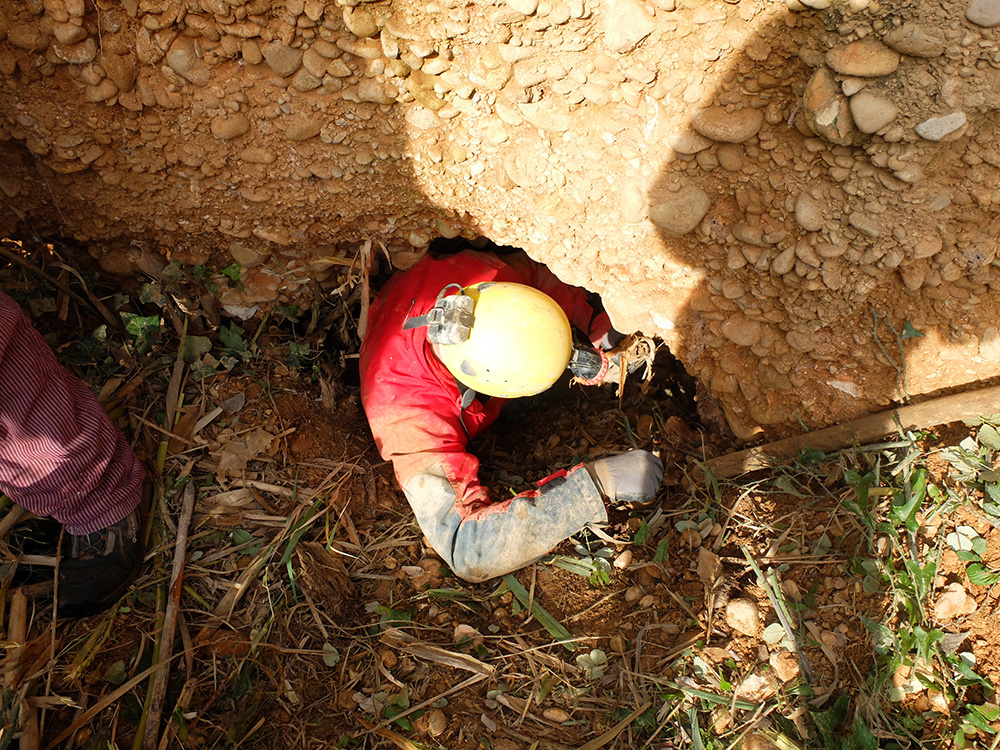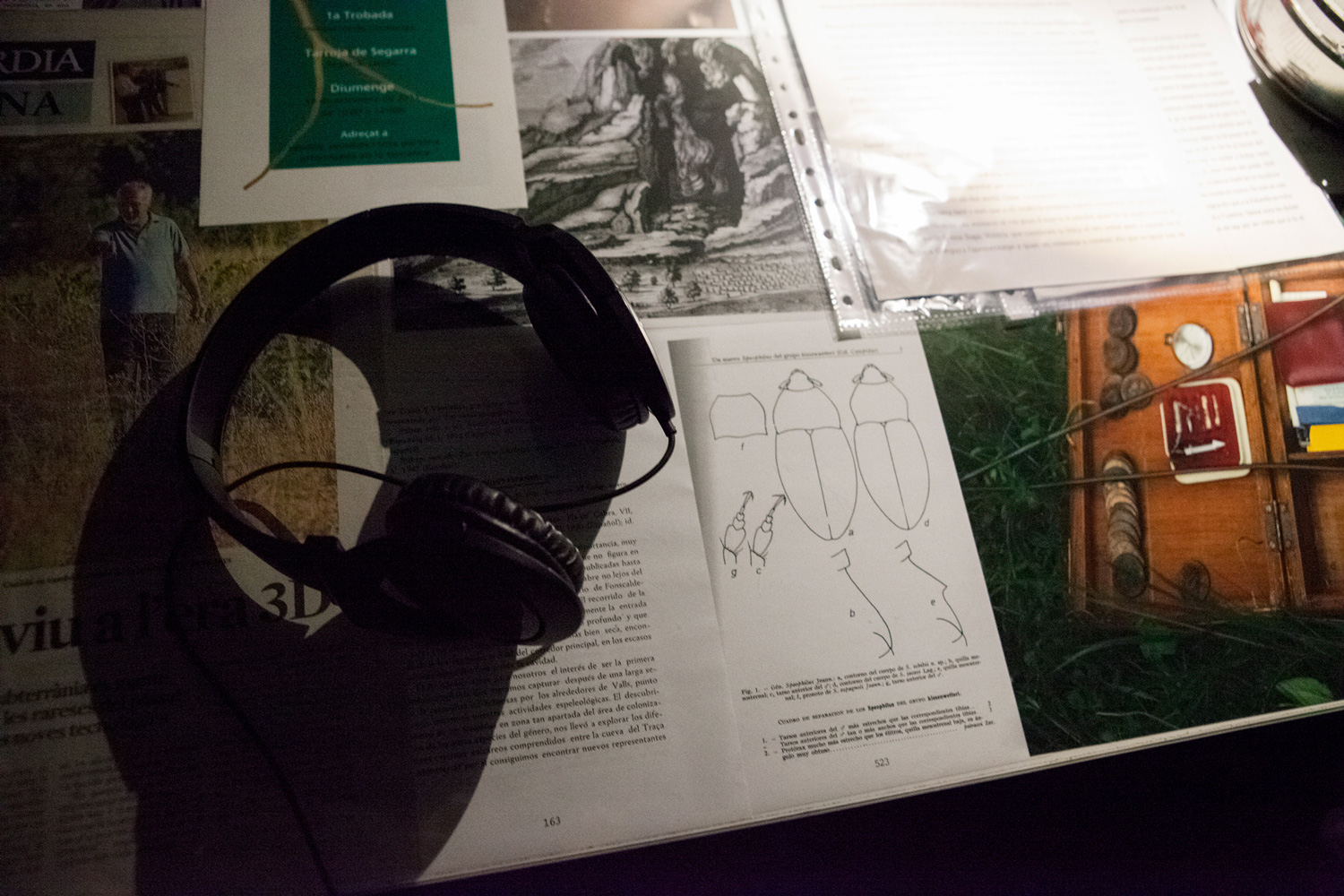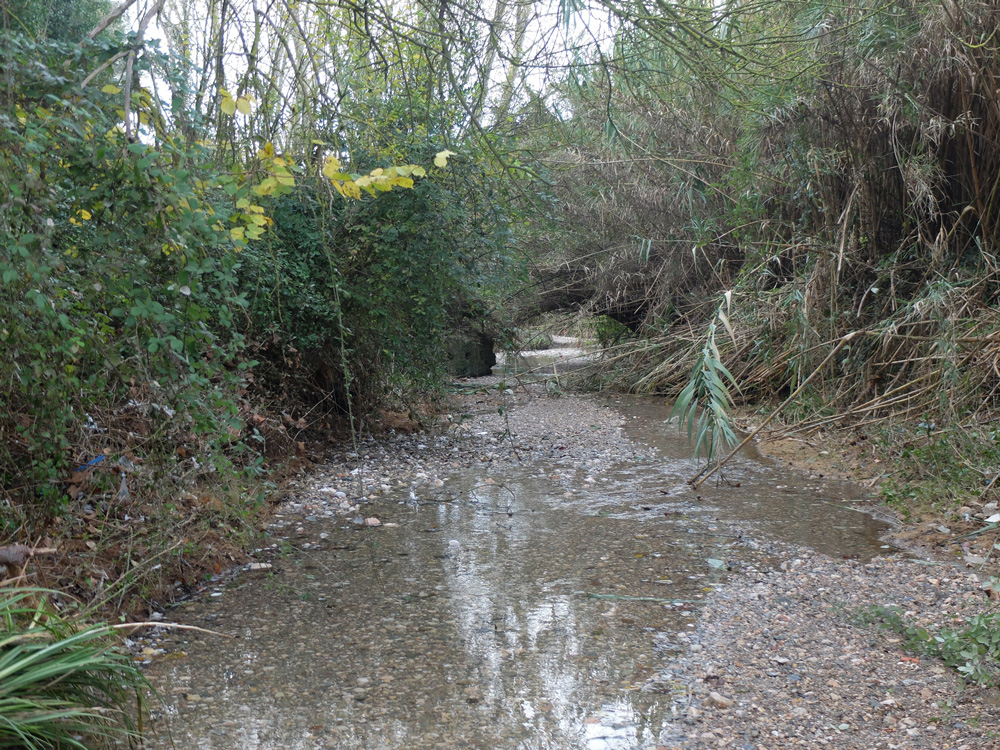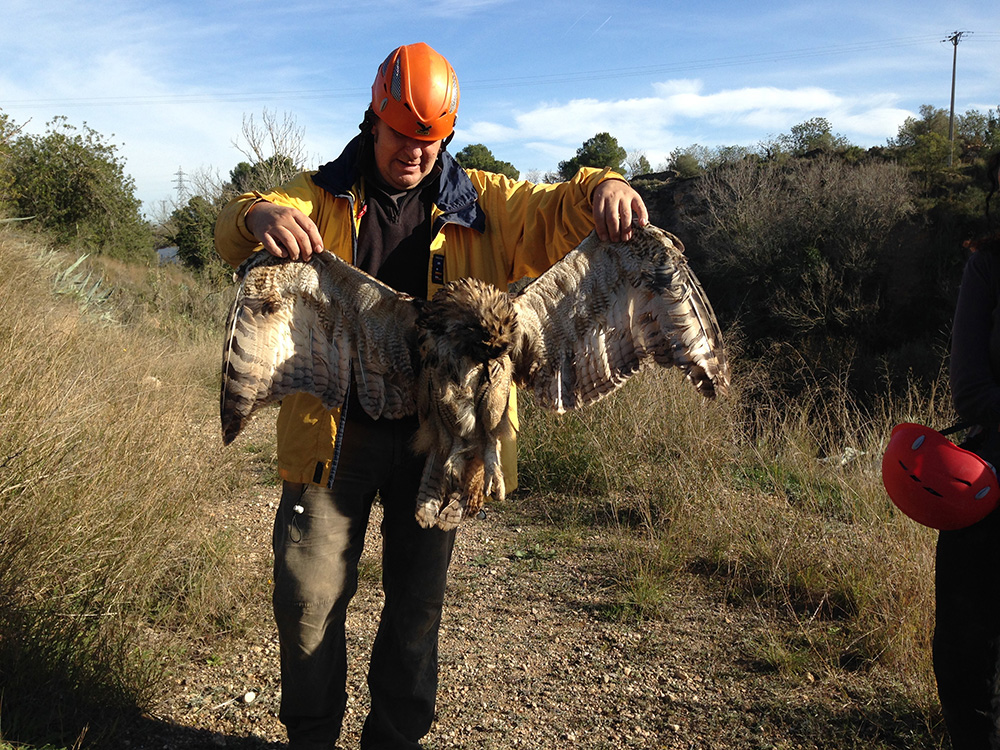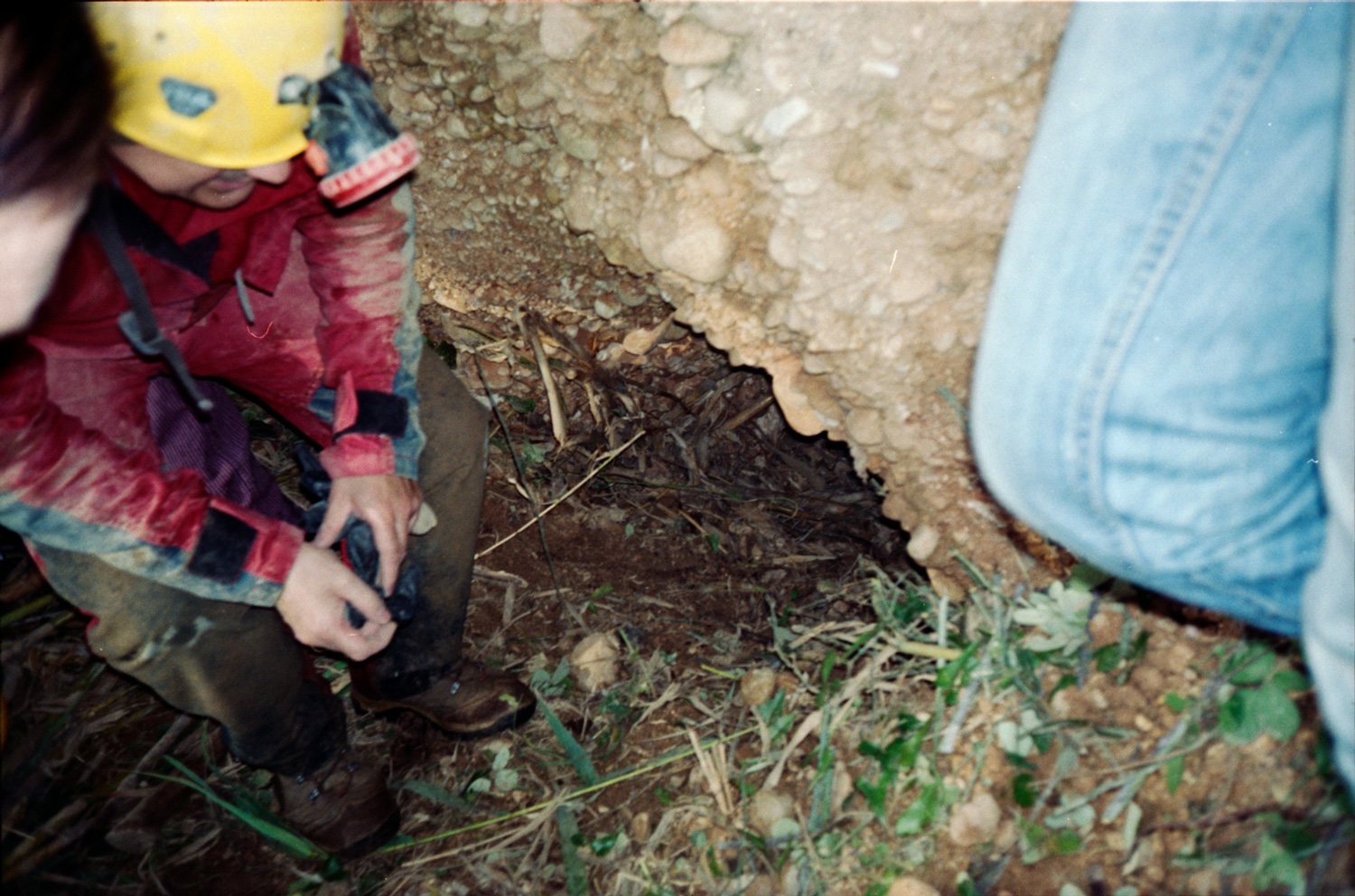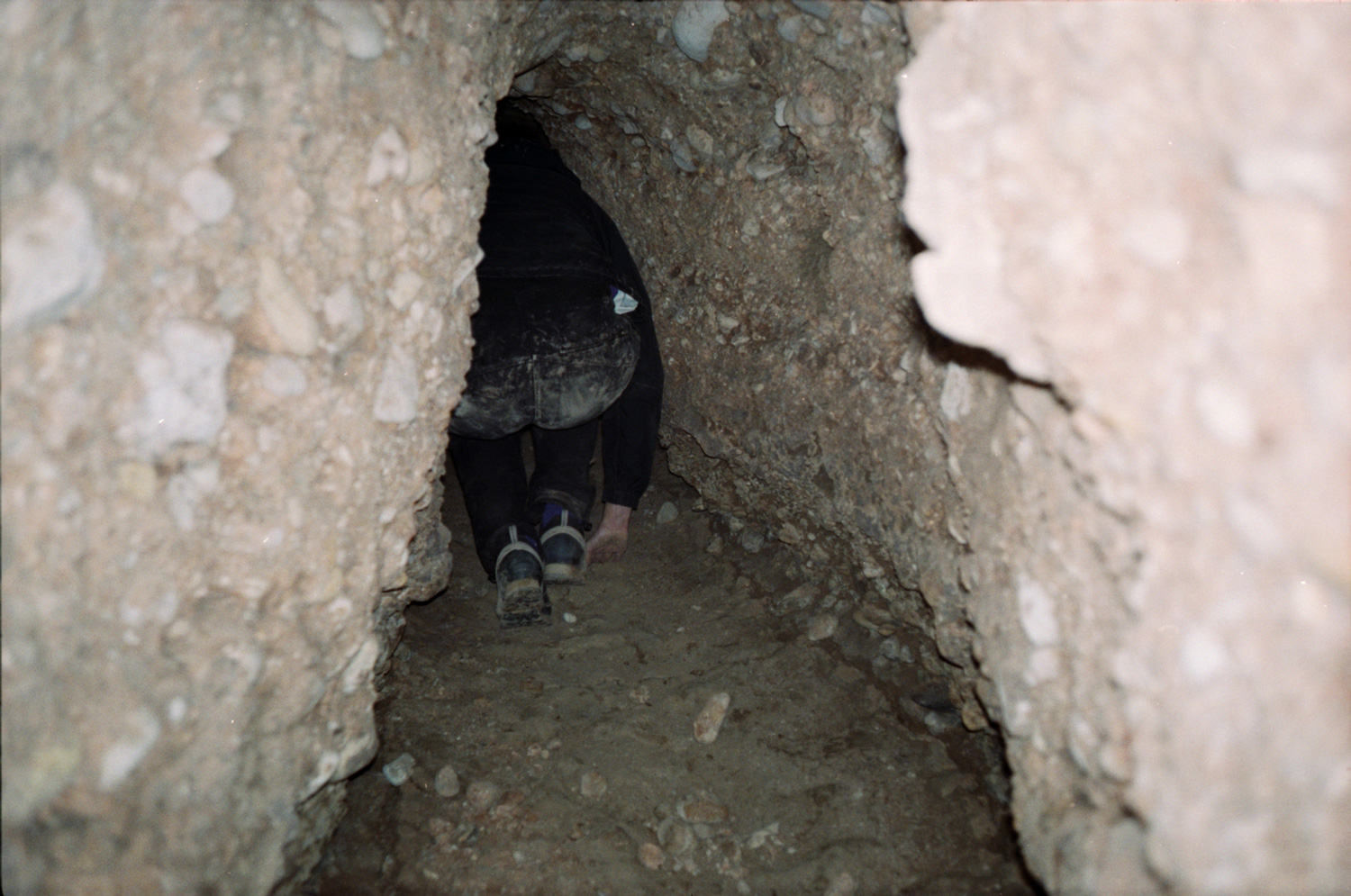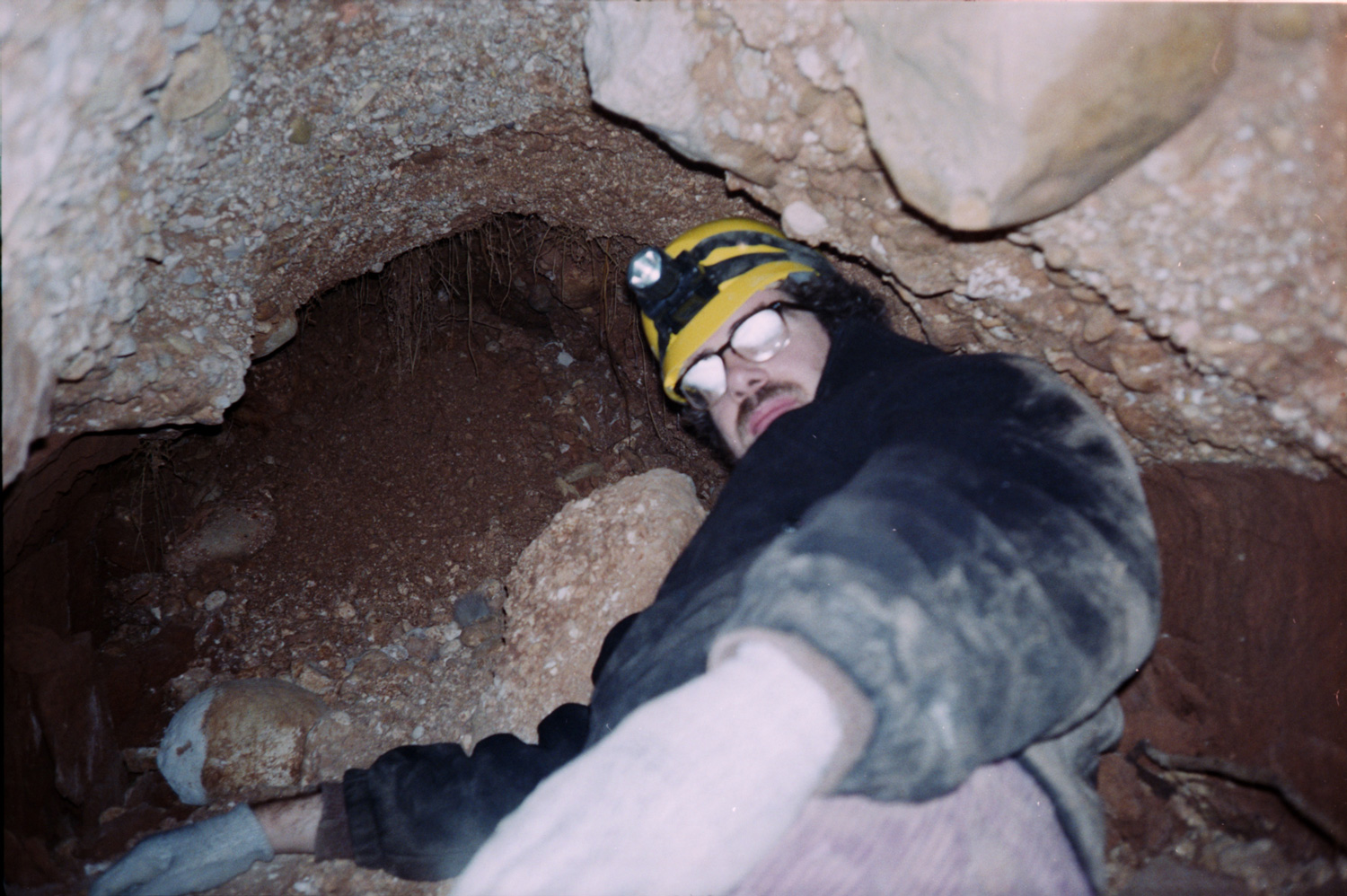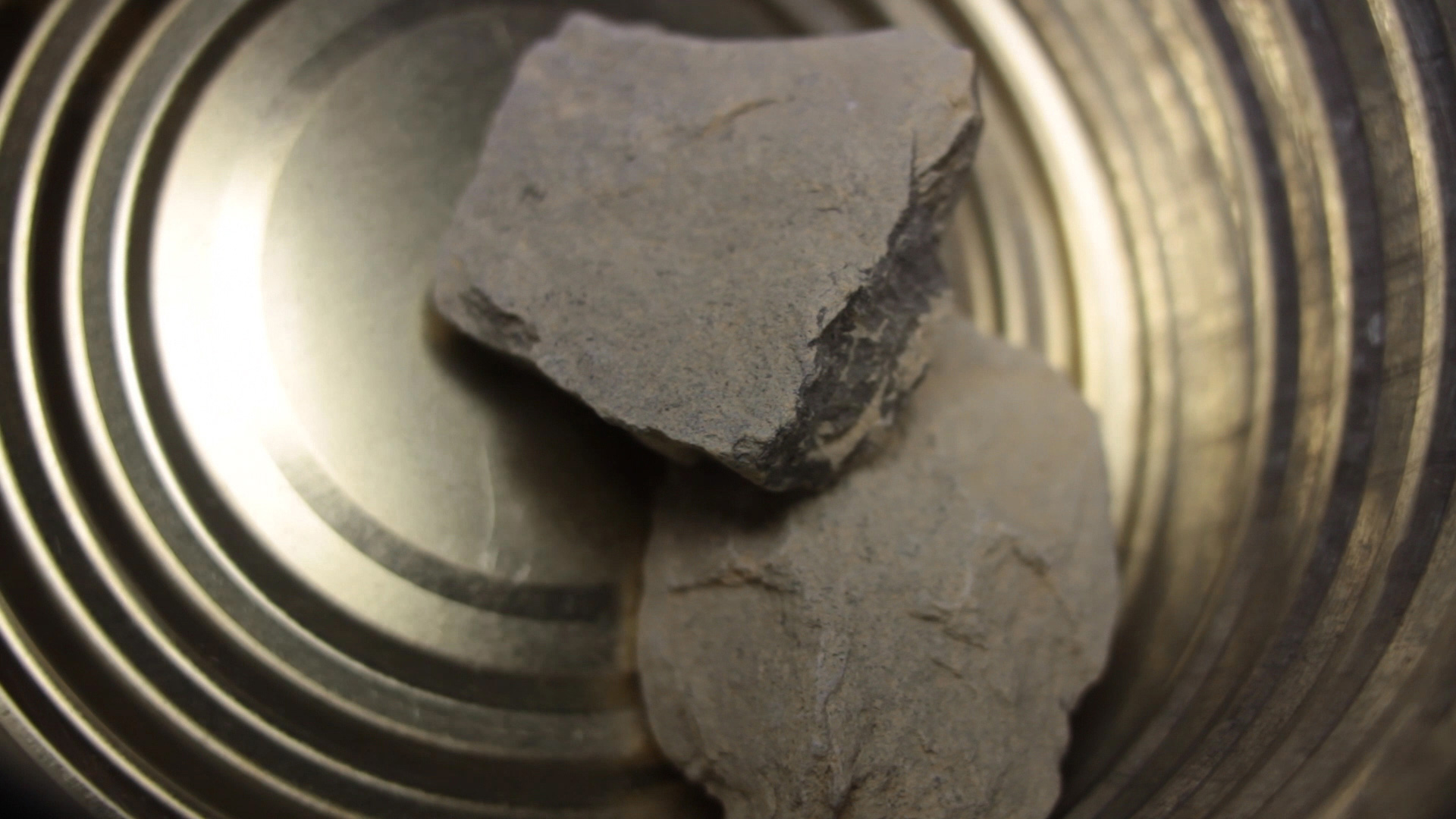Description:
“We do not understand water magic, and groundwater holds lots of uncertainties.”
Josep M. Niñerola as quoted by Canela Balsebre, Rosa M. Bruixots de l'aigua. Els saurins a Catalunya. Barcelona: Generalitat de Catalunya, 2010. p. 18.
“(...) we are surrounded by processes going on quite independently of any relationship we may happen to have to them: thus plate tectonics, thermonuclear fusion, and galactic expansion (not to mention undiscovered oil reserves or unknown insect species) are as much autonomous, human-independent realities as the accretion of the earth”
Brassier, Ray. Nihil Unbound: Enlightenment and Extinction. Palgrave Macmillan: New York. 2007, p. 59–60.
***************************************
Get a life, not a life-style was one of the slogans proposed by Hakim Bey to note the proliferation of hobbies at the beginning of the nineties. Before fans were not able to conquer public space through the Internet, hobbies enjoyed a very especial type of invisibility. The power of a small and local network of activities composed of individuals grouped into communities that operated in an autonomous manner seemed to draw a purely speculative kind of social description. This discreet individuality —this concept of introspective entertainment (shared at the same time)— emphasized a leap into an evasive space, a solitary act that pushed off everything that did not relate to work, hoping to provide some refuge. In other words, it became a stance driven by various stimuli aimed at providing a sense of freedom.
El descens (The descent) takes us into an underground journey that completely analyzes hobbies and leisure through, on the one hand, the fantasy of becoming "quasi-explorers", and, on the other, through feeling paradoxically free in an enclosed space. It becomes a starting point close to that of Jules Verne’s Journey to the Center of the Earth, or that of Francesc Español (1907– 1999), a teacher born in Valls that explored several caves in that area fulfilling his passion: Tenebrionidae insects and bio-speleology. Two stances opposed and distanced from each other, such as hobbies and isolation, here share a close complicity: seclusion and escape, a basic temporal pairing that, applied to these two terms and considered as an exhibition essay, finds ample room for challenging and debating these two positions.
Documentation for the exhibition, including a sound archive by the anthropologist Rosa Maria Canela Balsebre, who had interviewed several "saurins" –water dowsers— as part of the research for the book Bruixots de l'aigua. Els saurins a Catalunya.
To achieve that, Mangrané and Ortín begin with the pretext of following the trail of a cave insect, the Speophilus espanoli, a species discovered at the Traça cave in Valls by the above-mentioned professor. Together with Andreu Garcia, expert in underground adventures, they all invite us to descend into a subterranean, erratic, euphoric, hidden and delirious game. It is a method of working that, in a multidirectional manner, allows them to research other intersections, limits and possibilities, caves, depths, bunkers, hallways, basements and water wells, converging in a chapel, an in-between space historically destined for shelter and peace. This is a version of an underground world in a non-linear way, defined through the premise of an ethnological heritage, a geographical border, and an ecosystem or an experimental laboratory from which Mangrané and Ortín (same as they did together in some previous work) analyze the control of the wild and the poetic exploration of various spaces derived from specific contexts.
With El descens, the program of exhibitions Pertorbacions comes to an end. For this project, we plan in parallel the following events: a visit with Andreu Garcia to the bunker of Valls and the water wells, and the presentation of the publications issued for each of the projects that, during the period 2013–2014, made up the program of exhibitions at the Capella de Sant Roc.
Documentation of the performance:
Documentation of the exhibition:
Stills from the videos:
Films, research and exhibition:
Mercedes Mangrané
Gerard Ortín Castellví
Production:
La Capella de Sant Roc
Museu de Valls
Photography:
Eulàlia Rovira
Exhibition curated by:
Jordi Antas
Many thanks to:
Andreu Garcia
Rosa Maria Canela Balsebre
